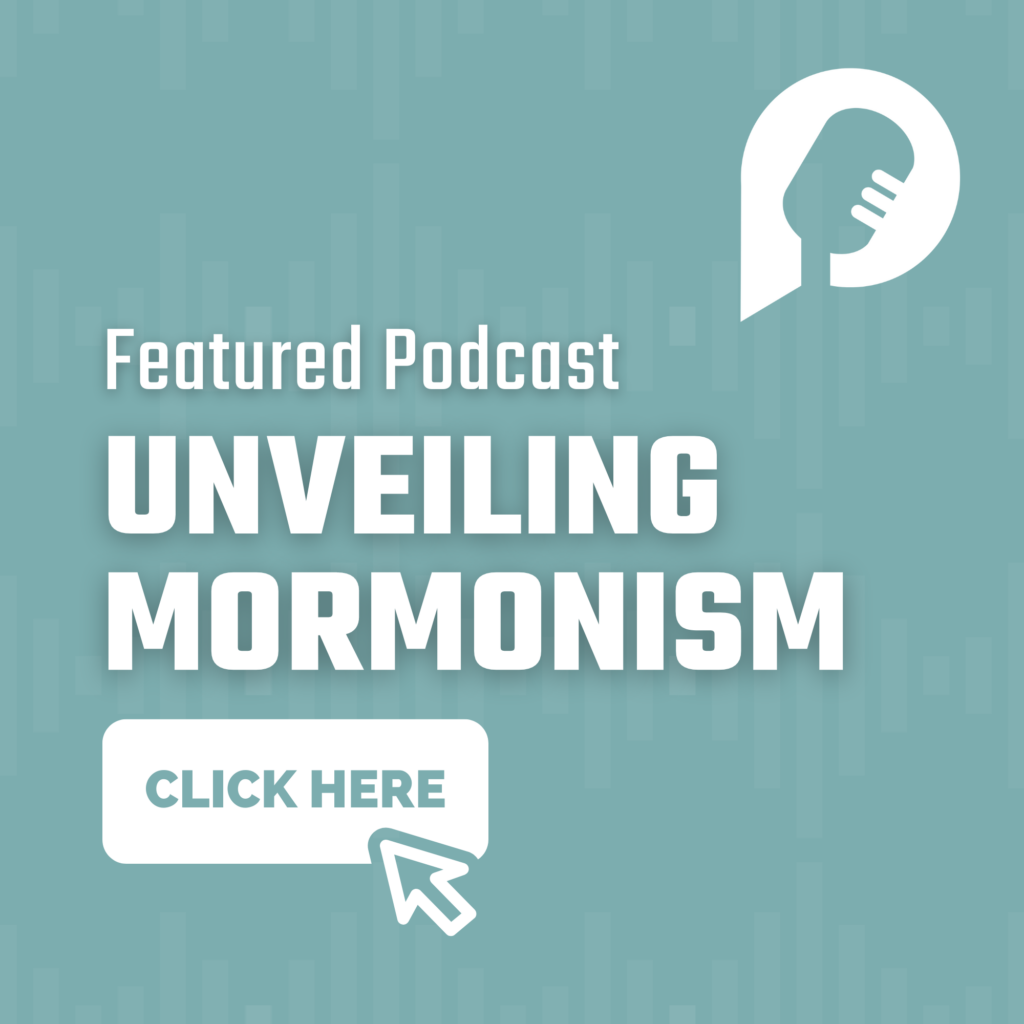Watch the video above and talk about it with a group or mentor. Learn more.
The book of Matthew is one of the earliest accounts of Jesus Christ’s, life, death, and resurrection.
Background Information
The book does not make any claims about its own authorship, but the earliest reliable historical evidence suggests that it was originally written by the Apostle Matthew (also called “Levi”), who was formerly a tax collector (Matthew 9:9).
For 30-40 years after Jesus’s death (33 A.D.), burial, and resurrection, the Apostles passed on through oral tradition the miracles and teachings of Jesus. Matthew collects and arranges some, not all, of these stories in order to highlight key aspects of Jesus’s identity, character, and teachings.
The New Testament (NT) itself is clear that Jesus did many things which are not recorded in scripture (John 21:25) and that the gospel writers themselves picked and chose to write in their gospels certain details about Jesus that would best help the original audiences of those documents (John 20:31). This does not mean the writers are hiding anything about Jesus or that there are many secret teachings about him that have been suppressed by the church. It is only to say that the gospel writers had limited writing space and time and, by the inspiration of the Holy Spirit, recorded what was most necessary for the original hearers of the gospels and for us today.
Purpose of the Book
Matthew is arranged according to several themes with the ultimate goal of showing that Jesus is the fulfillment and ultimate representation of the whole biblical story about God and Israel. Many scholars believe this is significant because the original recipients of the Gospel of Matthew were Jews, and seeing Jesus clearly as the Jewish Messiah was most necessary for helping them believe in Jesus. While the Jewishness of Jesus is significant for all Christians, it had special significance for Jews and helped them become Jewish Christians – which is what most of Jesus’s first disciples were! Today, we often call Jewish Christians “Messianic Jews.”
[External Resource: What is Messianic Judaism?]
Themes and Structure of the Book
The first theme in Matthew shows Jesus as the promised Messiah from the line of King David.
The second theme is that Jesus is the new, authoritative teacher of God’s people like Moses in the Old Testament (OT). It’s especially apparent in the Beatitudes, also called the Sermon on the Mount (Matthew 5-7), where Jesus teaches about God’s new commandments near the mountains, much like Moses delivering God’s Ten Commandments after coming down from Mount Sinai (Exodus 20).
The third major theme is that Jesus is Immanuel – “God with us” (Isaiah 7-8; Matthew 1:23).
Matthew is structured with an introduction and a conclusion as well as five clear sections in between. Each of these sections ends with a block of teaching by Jesus.
Chapters 1-3
Chapters 1-3 set the stage with Jesus’s ministry set right onto the storyline of the OT. It starts with the genealogy of Jesus which highlights how he is from the messianic line of David and is a son of Abraham indicating that he will bring God’s blessing to all the nations of the earth (Genesis 12:3). Then we get the famous story of the birth of Jesus and how this fulfills all the OT prophetic promises. These fulfillments are to show that Jesus is not merely a human but is really “God with us.”
Matthew demonstrates that Jesus is the new authoritative teacher as Moses was to the people of Israel. Like Moses, Jesus came out of Egypt, went through the waters of baptism (Red Sea), went into the wilderness for forty days (rather than forty years) and also taught the people on the Mount of Olives (Moses at Mount Sinai). Through all of this, Matthew is showing that Jesus is the “greater” Moses. He will deliver people from slavery, give new divine teaching, save them from sin, and bring a new covenant relationship with God.
The Moses and Jesus parallel also explains why Matthew structured the next major sections as he did. The five main parts highlight Jesus as a teacher and parallel the first five books of OT, called the “Torah” (תּוֹרָה) from the Hebrew meaning “law” or “commandment.” Jesus is the new authoritative teacher who is going to fulfill the storyline of the Torah.
Chapters 4-7
Jesus announces the arrival of God’s kingdom which is a rescue operation for the world. Jesus comes to confront spiritual evil and its legacy and to restore God’s rule and reign over the world by creating a new family of people who will live under his rule. He takes his followers out to the Mount of Olives and teaches them what it means to follow him and live in God’s kingdom. This is an “upside-down” kingdom where there are no privileged members and everybody is invited to repent. Jesus is not here to undermine the Torah, but to transform the hearts of people so that they will truly obey its commands. Jesus then concludes his teaching on the Kingdom of God.
Chapters 8-10
The next section is about Jesus bringing the Kingdom of God into the daily lives of people. There are nine stories about Jesus bringing the power of God into the lives of hurting people. There are three groups of three stories which are all about people who are sick, broken, or in danger. Jesus heals or saves them through his grace and power. In between these stories, we have two parallel stories about Jesus’s call to people to follow him. Matthew is making the point that people can only experience the healing power of Jesus’s grace by following him and becoming his disciple. After Matthew shows the power of the Kingdom of God through Jesus, we see Jesus extending his reach by sending out the twelve disciples to do what he has been doing. He teaches them how to announce the coming of the kingdom and what to expect once they do.
Jesus knows that not all will accept his message, some will accept it with rejoicing, others will be neutral and others will reject it completely – especially the religious leaders, who will lose much if they admit that Jesus, not they, best understands and teaches the truth of God.
Chapters 11-13
Chapters 11-13 are a collection of stories about the responses to this message. Jesus is not surprised by these responses. In fact, he focused on it by telling parables in the third block of teaching. Jesus’s parables are like commentaries on the different responses to his message recorded in chapters 11-12.
Other Things to Look For
To help understand Matthew better, try these guidelines as well:
- OT quotations are placed strategically throughout the text. Look them up to see how they connect to what is going on in Matthew.
- Look closely at the types of people who accept Jesus and follow him. They are typically “nobodies” who are transformed by Jesus.
The second half of Matthew is all about how the tension between Jesus and Israel’s leaders plays out.
- What is your initial reaction to this topic? What jumped out at you?
- The “nobodies” of Jesus’s day were the people who put their faith in him and were transformed. Why does Jesus’s message resonate with society’s “nobodies?” Have you seen his message resonate in your own life?
- Why is it important that Jesus is “Immanuel” – “God with us?”
- Why did the gospel writers pick and choose to highlight some details while leaving out others about Jesus’s life? Does this practice mean we can’t trust the Bible? Explain.
- Read Genesis 12:1-3. In what ways are “all peoples of the earth” blessed through Abraham and ultimately Jesus Christ? Why is this promise especially significant for Matthew’s Jewish audience?
- Why would it have been significant to ancient Jews Jesus is a “greater” Moses? How is it significant to Christians today?
- There were three main responses to Jesus’s message: for, neutral, and against. How do you see the same responses to the message of the gospel today?
- Write a personal action step based on this conversation.






